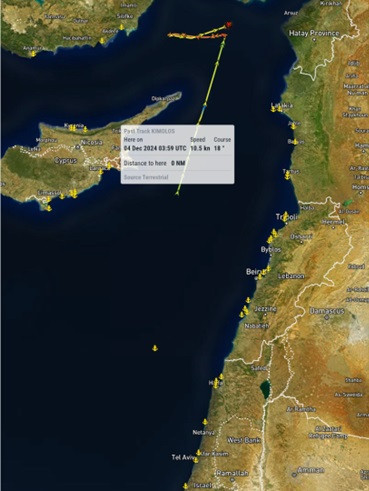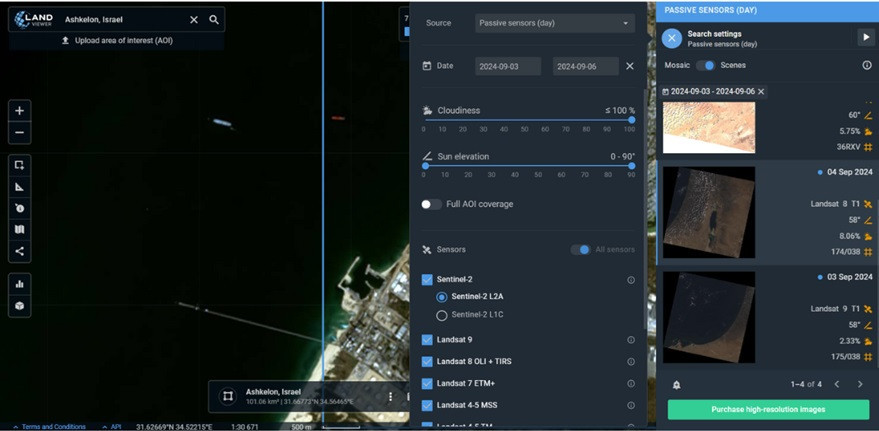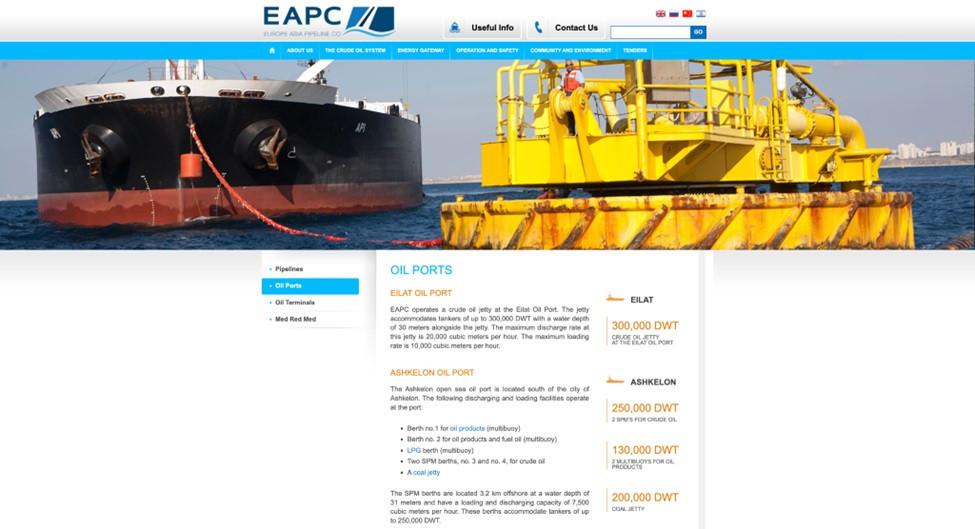A new report by the Progressive International and Stop Fuelling Genocide campaign unveiled 10 crude oil shipments from Turkey to Israel made in the past year, with eight of them breaching the former’s own trade embargo on the latter.
The second report prepared by the Progressive International and Stop Fuelling Genocide campaign has documented 10 crude oil shipments made from Turkey to Israel in the past year despite the former’s trade embargo on the latter.
In May, Turkey announced cutting all imports and exports with Israel due to the “worsening tragedy” in Gaza. However, Ankara has faced public criticism that trade may be continuing with Israel given a spike in exports to the Palestinian territories since the ban in May.
A previous report from the Stop Fuelling Genocide campaign revealed that Turkey breached its own trade embargo by shipping crude oil directly from Ceyhan Port located in the southern Adana province to Ashkelon, Israel, in late October.
The second report unveiled a series of crude oil shipments made from Turkey to Israel, exposing the Turkish government’s violation of its own economic trade suspension on Israel, which it had announced on May 2, 2024.
The campaign has identified ten journeys made in the past year by another crude oil tanker between the Turkish port of Ceyhan and the EAPC Terminal in Ashkelon, Israel. Eight of the ten journeys tracked were made after Turkey’s trade blockade on Israel was announced.
Accordingly, the crude oil tanker “Kimolos” has largely been trading between Turkey and Israel while turning off its location transponder (AIS) in the middle of the East Mediterranean for several days to mask this, similar to other vessels trading with Israel. Researchers identified it docking in Israel using satellite imagery ten times.
The two ships identified by the Stop Fuelling Genocide campaign are Suezmax size vessels. Ships of this size are chartered specifically for the transfer of high volumes of crude oil.
The report indicated that these findings revealed a routine and well-established trade route that facilitates the transportation of Azeri crude oil from the BP-owned BTC pipeline to Israel.
Researchers with the Stop Fuelling Genocide campaign replicated a similar methodology previously used to identify a singular journey made by the crude oil tanker “Seavigour” from Haydar Terminal in Ceyhan port, Turkey, to the EAPC Terminal in Ashkelon, Israel.
Researchers calculated, using official state export records, that Azerbaijan has exported an average 1.3 million tonnes of crude oil to Israel per month since October 2023. From this, the report said it could be “easily deduced” that more than one shipment of crude oil was made from the endpoint of the BP-owned BTC pipeline in Turkey to Israel.
1.3 million tonnes of crude oil could be refined to fuel around 100 F-35 fighter jets – the military planes used by Israel to target Palestinians in Gaza.
Suezmax-sized vessels, like Seavigour, can transport approximately 150,000m3. This equates to 140,000 metric tonnes. An export of 1.3 million tonnes of crude oil to Israel would therefore require multiple trips by large tankers capable of transferring high volumes of oil routinely, the report indicated.
The crude oil tanker “Kimolos” was identified as a Suezmax vessel which has regularly docked near the Haydar Aliyev Terminal in Ceyhan Port.

Kimolos also follows the same pattern of ships like Seavigour turning off their location transponder (AIS) in the middle of the East Mediterranean for several days. Below photos show Kimolos tracking signal turned off in the East Mediterranean Sea on two recent occasions within the past month, indicating a regularly repeated practice.



Port call logs for the Kimolos reveal that on a typical covert trip to Israel, the tanker takes on a full load of oil in Adana’s Ceyhan, indicating that it is next heading for Port Said, Egypt. However, there is no subsequent port call in Egypt and no AIS data corresponding to this information. Instead, the Kimolos turns off its AIS in the Eastern Mediterranean and “disappears” for several days. It then reappears in a similar position several days later, and returns to Ceyhan, showing up at the BTC Terminal now magically empty with no port calls in between.

Though marine shipping data excludes information about the tanker stopping at Ashkelon, researchers used satellite images to detect the tanker at the EAPC terminal, Ashkelon, Israel on ten occasions in a period spanning from December 2023 to December 2024.

(Three example landviewer screenshots dated 24 May 2024. Satellite images show a Tanker with a white deck and an estimated length of 266m and width of 48m. Researchers aligned the dates from the Port call logs to estimate when the tanker may have reached Israel and searched for these dates on Landviewer.)



Images below show the collection of ten satellite images of Kimolos matches identified from data available on Landviewer. All images were verified as a match through the method shown above. Each image shows the tanker near one of the two SPM berths used for crude oil offloading at the EAPC Terminal.












The report stated that researchers “have reasonably concluded” from this evidence that the Kimolos tanker has routinely shipped Azeri crude oil from Turkey to Israel throughout the past year. Eight of these ten journeys tracked were made after Turkey’s trade blockade on Israel was announced.
duvarenglish.com
